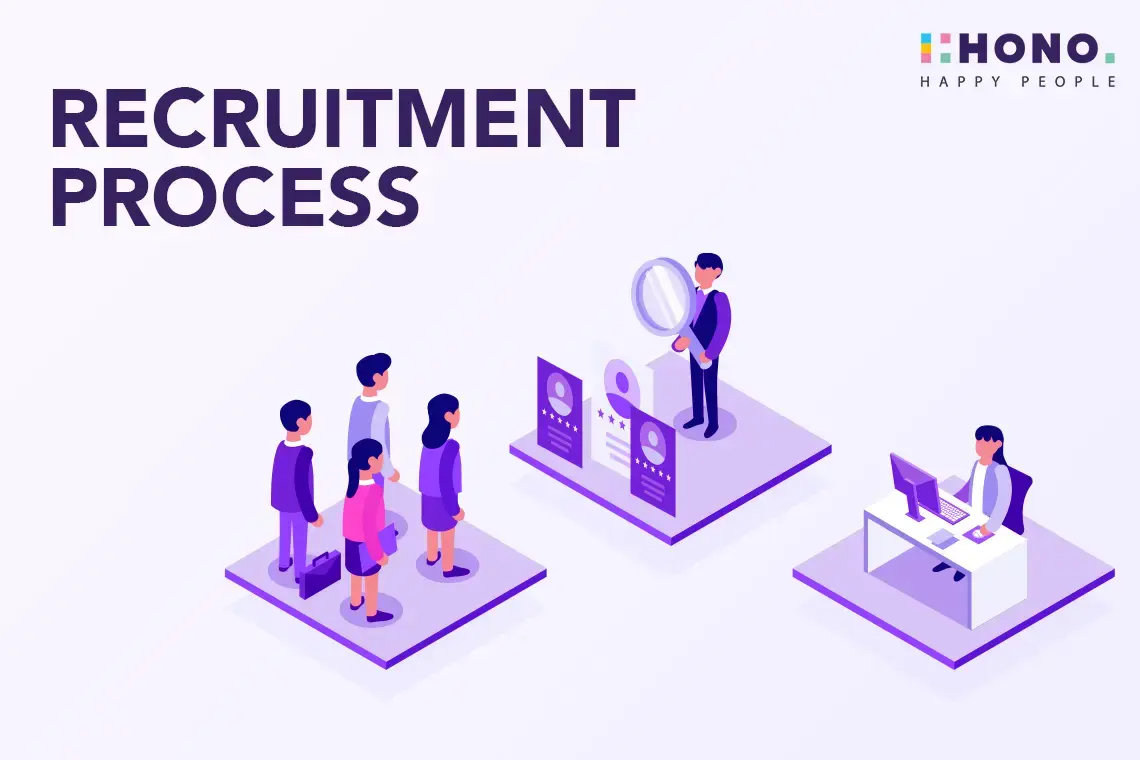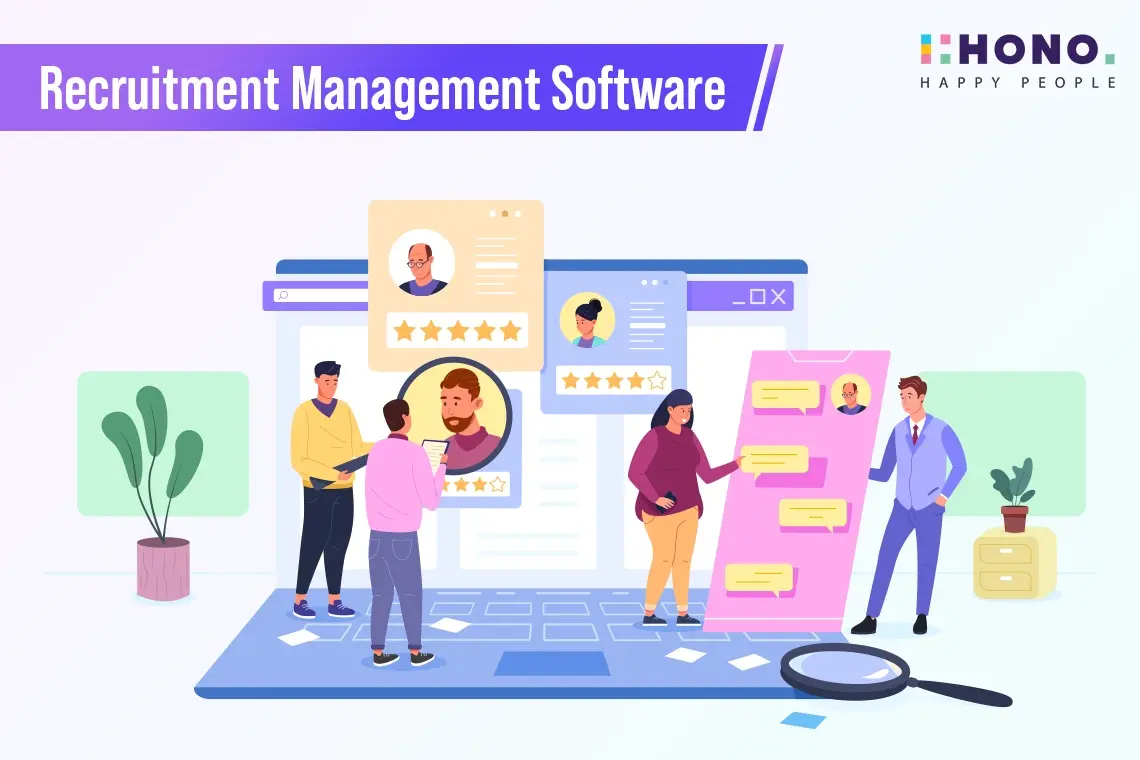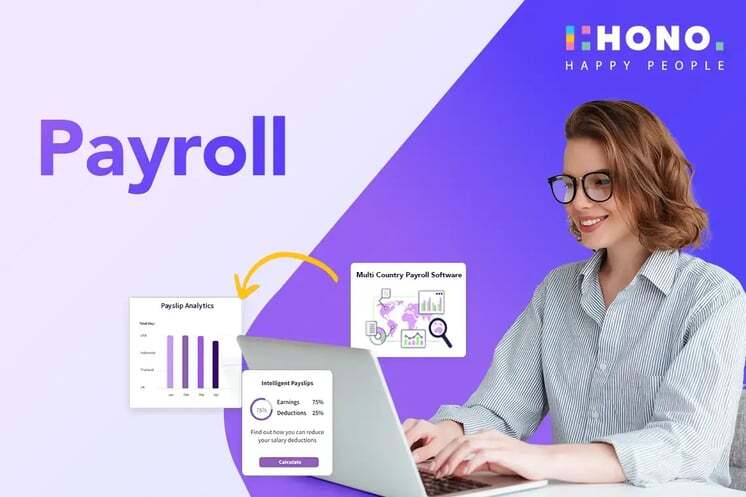However, a well-executed onboarding program can help boost an employee's willingness to put in extra effort by over 20% and enhance their job performance by up to 15%. Further, the survey goes on to say that employees who feel committed to their roles are willing to work 57% more diligently. They are also far less likely to seek other job opportunities.
So, what are some of the most important recruiting metrics that can help in enhancing the onboarding process? What strategies can you employ to keep your top talent with your company for an extended period? Read on to find out!
Employee Recruitment Metrics: Your Pathway to Successful Onboarding
Understanding and using the power of the most crucial recruiting metrics is important for attracting top talent. These metrics of recruitment, often referred to as recruitment effectiveness metrics, provide a great perspective into the success of your hiring processes.
In this section, we will take a closer look at the top seven recruitment metrics that help in attracting top talents across the globe. Further, we will also explore some of the best practices and the role of advanced recruitment tools including AI recruitment tools and HR recruitment tools.
7 Best Recruitment Metrics to Optimize Hiring Process

1. Time-to-Fill
Time-to-fill is one of the most important recruiting metrics, reflecting the efficiency of your hiring process. Research by Glassdoor Economic Research found that a longer time-to-fill can lead to a 16% lower quality of hire. Aim to reduce this metric by streamlining your processes, leveraging AI tools for recruitment to identify suitable candidates faster and nurturing a candidate pipeline.
2. Cost-per-Hire
The cost of recruitment is a significant concern for HR departments. Measuring cost-per-hire helps you understand the financial impact of your hiring efforts. Research by the Society for Human Resource Management (SHRM) reveals that the average cost-per-hire is approximately $4,000. Analyze this metric regularly to optimize your budget allocation and seek cost-effective recruitment strategies.
3. Quality-of-Hire
Quality of hire is a challenging metric to quantify, but it's crucial for long-term success. A study by LinkedIn found that organizations with high-quality hires are three times more likely to achieve better business outcomes. To measure this, look at employee performance metrics, retention rates, and feedback from managers. Investing in AI recruitment tools can assist in identifying candidates with the potential for long-term success.
4. Source of Hire
Understanding where your top talent is coming from is vital. Research by Jobvite indicates that employee referrals are the top source of hires, making up 45% of all hires. Tracking this metric can help you allocate resources effectively to the most fruitful channels and optimize your recruitment strategy.
5. Offer Acceptance Rate
The offer acceptance rate is a metric that measures the attractiveness of your job offers. According to a study by Workable, the average job offer acceptance rate is 90%. If your rate is significantly lower, it may signal a need to reevaluate your compensation packages, company culture, or candidate experience.
6. Candidate Experience
A positive candidate experience is critical in today's competitive job market. Research by CareerBuilder found that 68% of candidates believe their experience as an applicant reflects how the company values its employees. Leverage HR recruitment tools and AI tools for recruitment to enhance the candidate journey, collect feedback, and improve this metric continuously.
Read More: AI-Powered Recruitment: How to Find the Best Candidates Faster and Smarter
.png?width=705&height=205&name=image_750x_1717059390_dde3700d49bdf1830ab7%20(2).png)
7. Offer Decline Rate
Tracking the rate at which candidates decline your job offers is essential to understand and address potential pain points in your hiring process. Research by Jobvite suggests that the average offer decline rate is around 12%. Identify common reasons for offer declines, such as misalignment of expectations, and work to rectify them.
.png?width=705&height=205&name=image_750x_1717059390_dde3700d49bdf1830ab7%20(2).png)
Recruitment Metrics Best Practices
To make the most of these recruitment metrics:
1. Regularly review and analyze data to identify trends and areas for improvement.
2. Benchmark your metrics against industry standards to gauge your performance.
3. Utilize innovative AI recruitment tools and HR recruitment tools to automate repetitive tasks, improve candidate sourcing, and enhance the overall recruitment process.
Read More: How Recruitment Software Can Simplify Talent Acquisition and Onboarding
Role of Advanced Recruitment Tools
Recruitment tools simplify the process for recruiters by enabling them to both advertise job openings on various job boards and efficiently fill vacant positions. In this section, we will be talking a little about AI recruitment tools and HR recruitment tools.
Companies are now making use of Artificial Intelligence (AI) across various aspects of their operations, with recruiting experiencing a significant transformation. AI is empowering leadership to identify and onboard employees using tools such as voice-enabled chats, machine learning-based pattern matching, and people analytics. Notable tools like HONO HR are playing a pivotal role in this evolution.
HR recruitment tools are also advancing, helping with streamlining the hiring process and enhancing talent acquisition strategies. These tools leverage AI-driven algorithms to transition through multiple candidate databases, identify top matches, and even predict candidate success based on historical data and performance indicators. Additionally, they facilitate open and easy communication between recruiters and candidates, incorporating chatbots and automated messaging for more efficient interactions.
You will also be interested to know that HR recruitment tools are becoming increasingly integrated with Applicant Tracking Systems (ATS) and Human Resource Management Systems (HRMS), providing an all-in-all approach to talent management. With features like automated interview scheduling, skills assessments, and real-time reporting, these tools are revolutionizing the way companies identify, engage and onboard top talent, ultimately contributing to improved organizational efficiency and productivity.
Related: The Role of Generative AI in Recruitment
The effective use of recruitment metrics is a game-changer for attracting top talent. These metrics, including time-to-fill, cost-per-hire, quality-of-hire, source of hire, offer acceptance rate, candidate experience, and offer decline rate, provide a comprehensive view of your recruitment effectiveness.
By implementing recruitment metrics and best practices and incorporating AI tools for recruitment, your B2B HR services company can stay ahead in the competitive talent acquisition landscape, ultimately attracting and retaining the best talent for your clients.
Request a Demo Now!


.png?width=705&height=205&name=image_750x_1717059390_dde3700d49bdf1830ab7%20(2).png)
.png?width=70&height=70&name=Team%20HONO%20logo-01%20(1).png)







.webp)
